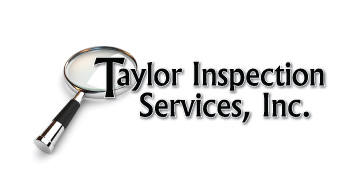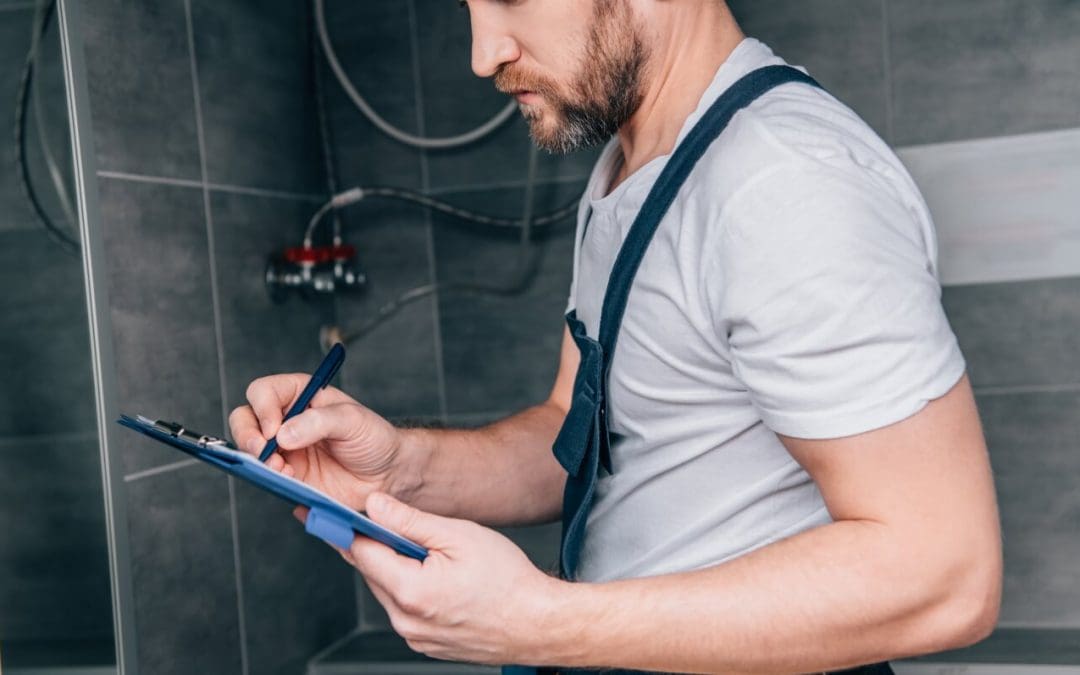Regular home maintenance inspections are crucial for preserving the value and safety of your property. Whether you’re a seasoned homeowner or a first-time buyer, understanding the importance of these inspections can save you money and prevent significant issues down the line. In this guide, we’ll walk through the key aspects of home maintenance inspections, what to expect during one, and how to stay on top of maintaining your home.
The Importance of Home Maintenance Inspections
Home maintenance inspections are proactive evaluations of your property to identify potential problems before they become expensive repairs. Unlike a home inspection for a real estate transaction, these inspections are performed periodically, often annually, to ensure everything in your home is functioning properly.
The goal of a home maintenance inspection is to catch small issues like leaks, structural concerns, or electrical problems early. This allows you to fix them promptly and avoid major repairs later. Routine inspections also help extend the life of your home’s systems and features, ensuring that your heating, cooling, plumbing, and roofing all stay in peak condition.
What Does a Home Maintenance Inspection Include?
A thorough home maintenance inspection should cover both the interior and exterior of your home. Here are the core areas typically inspected:
1. Roof and Gutters
The roof is one of the most critical areas to inspect. A professional will check for signs of wear, such as missing or damaged shingles, leaks, or improper flashing. Gutters will also be examined to ensure they are clear and properly directing water away from the foundation to prevent potential water damage.
2. Foundation and Exterior
Inspectors will look for any cracks, uneven settlement, or water intrusion issues around the foundation. They’ll also assess the siding, brickwork, and paint to ensure your home’s exterior is protecting it from weather damage.
3. Plumbing System
A well-maintained plumbing system can prevent costly water damage. The inspection will involve checking the water pressure, looking for leaks, and assessing the state of pipes, faucets, and water heaters. Inspectors will also examine the drainage systems to ensure there’s no blockage or standing water.
4. HVAC System
Heating, ventilation, and air conditioning systems are vital to home comfort. During the inspection, HVAC filters, ductwork, and vents will be evaluated for cleanliness and efficiency. Inspectors will also check thermostats, ensuring your system heats and cools your home efficiently.
5. Electrical System
Electrical problems are often hidden until they become serious. A home maintenance inspection will involve checking the wiring, outlets, light fixtures, and electrical panel to ensure everything is up to code. The inspector may also recommend updating old wiring to avoid potential fire hazards.
6. Windows and Doors
Windows and doors are inspected for drafts, broken seals, or cracked glass. Ensuring that these areas are secure can improve your home’s energy efficiency and reduce heating and cooling costs.
Preparing for Home Maintenance Inspections
Before your home maintenance inspection, it’s a good idea to take a quick tour of your home to identify any obvious issues. Make a list of any concerns you have, such as areas where you’ve noticed leaks, strange sounds from your HVAC system, or areas where drafts might be coming through windows or doors. By having these concerns in mind, you can discuss them with the inspector during the inspection.
Ensure access to key areas of your home, such as the attic, basement, and electrical panel. Clear away any clutter that could make it difficult for the inspector to do their job thoroughly.
How Often Should You Schedule an Inspection?
Annual inspections are generally recommended, though the frequency can vary depending on the age and condition of your home. Older homes may require more frequent checks, especially for key systems like roofing, plumbing, and electrical. If you live in an area with extreme weather conditions, more frequent inspections may also be necessary to catch damage caused by storms, snow, or high humidity.
What to Do After the Inspection
After the inspection, you’ll receive a detailed report outlining the condition of your home and any recommended repairs or maintenance tasks. It’s essential to act on these recommendations as soon as possible. Tackling small issues promptly can prevent them from turning into larger, more expensive problems.
For example, if the inspection reveals a minor roof leak, getting it repaired immediately could save you from dealing with significant water damage later on. Likewise, replacing a worn-out HVAC filter may seem like a small task, but it can prevent a costly system breakdown in the future.
The Benefits of Regular Home Maintenance Inspections
The benefits of regular home maintenance inspections go beyond preventing costly repairs. Keeping your home in excellent condition helps maintain its value, which is especially important if you’re planning to sell. Buyers are often drawn to well-maintained homes because they represent fewer future headaches.
Home maintenance inspections also contribute to your peace of mind. Knowing that your home is structurally sound and that its systems are in good working order allows you to feel confident that your family is living in a safe environment.
A home maintenance inspection is one of the best investments you can make in your property. By staying proactive and scheduling regular inspections, you ensure your home remains safe, efficient, and in excellent condition. Whether you do it annually or semi-annually, the key is to stay on top of your home’s needs and address issues before they become costly problems. Maintaining your home protects your investment and enhances your overall quality of life in the space you call home.
Taylor Inspection Services offers professional inspection services, including home maintenance inspections, in Jacksonville and surrounding areas. Contact us to schedule an inspection today.

